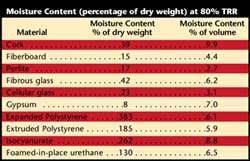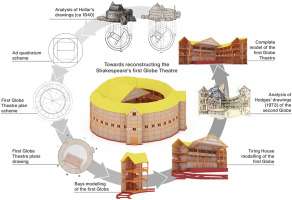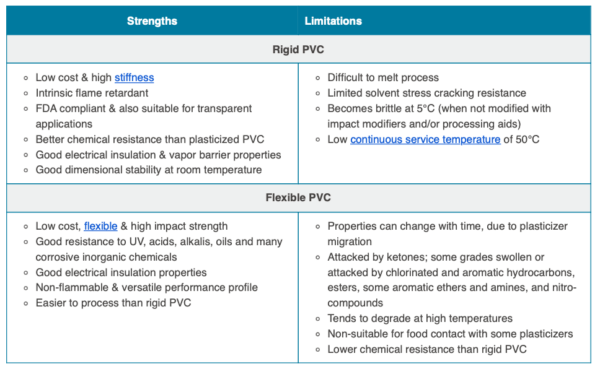You know that feeling when something in your home just doesn’t feel right anymore? Maybe the living room feels draftier than it should. Or the kitchen windows fog up every morning and never really clear. That’s when people start thinking about replacements — and that’s also when window and door sales become more than just a passing ad in your feed.
The truth is, replacing windows and doors isn’t something we do every year. For most people, it only happens once or twice in a lifetime. That’s why it can feel a little overwhelming at first. Where do you even start? How do you know what’s right for your house? And are you overthinking it?
Let’s break it down in a way that makes sense, no technical talk, just real info from one homeowner to another.
It’s More Than Just Swapping One for Another
Most folks think replacing a window is like swapping out a lightbulb. Old one out, new one in. But it’s not quite that simple — and not in a bad way. Behind the scenes, there’s a lot that goes into making sure the new window fits perfectly, looks good, and does its job properly.
Sometimes, homes settle over time. The original frames might not be perfectly square anymore. Maybe they weren’t perfect to begin with. That’s totally normal. A good replacement process takes that into account — making sure the new window not only fits, but seals up tight to keep the weather where it belongs: outside.
And it’s not all about the frame or the glass. It’s also about how you want your space to feel. More light? Better airflow? Less noise from the street? These things matter just as much as how the window looks.
Behind Every Sale, There’s a Choice
When people hear window and door sales, they sometimes think “discount” or “quick fix.” But sales aren’t just about lower prices — they’re also about having access to more choices. You get to compare materials, styles, colours, and even how the window opens. It’s not just picking from what’s in stock — it’s about getting something that actually fits your space and your life.
That’s one of the big perks of working with teams who specialise in this. They’ve done it so many times that they can walk you through the options without making it confusing. They’ll tell you what works for homes like yours and what to avoid if you don’t want regrets a year from now.
What You Feel After the Work Is Done
Something people don’t talk about enough is what the house feels like once the new windows and doors are in. It’s hard to describe, but everything seems sharper. The light looks cleaner, and the rooms feel a bit more peaceful. You don’t get that slight whistle from the wind anymore. The heater or air con doesn’t have to run as hard. It’s not dramatic — just easier. More comfortable.
And no, your house doesn’t turn into a construction site for a month. With experienced installers, the job is tidy, usually quick, and respectful of your space. You don’t need to live through a renovation to notice the difference.
It’s Okay to Ask Questions
If you’re new to all this, don’t worry — most people are. You don’t need to know all the lingo or the parts of a window. It’s totally fine to just say what’s bothering you or what you hope will feel better once the job’s done. A good crew will listen and make sense of it with you.
At the end of the day, window and door sales are just the starting point. What matters most is how your space feels once it’s all in place. That’s when you know it was worth it.







